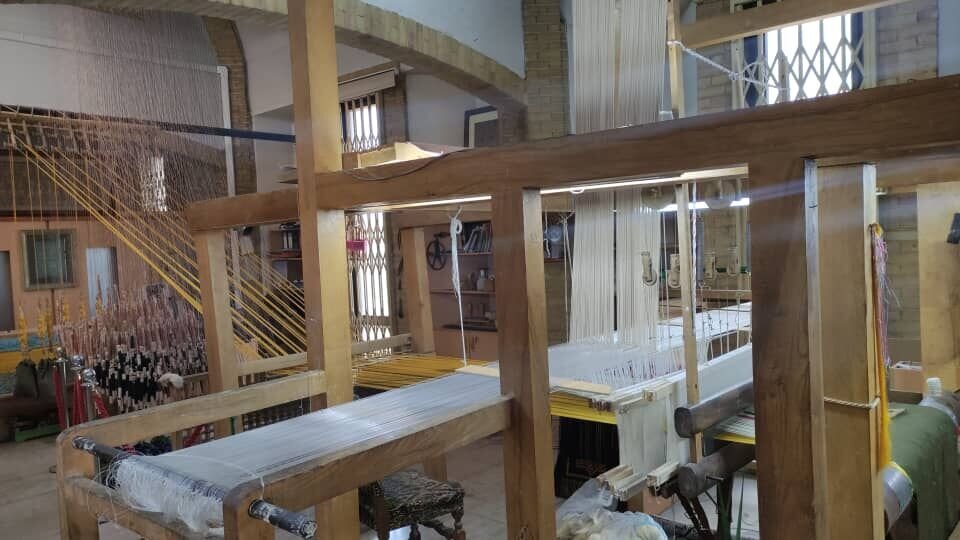Seven-colored velvet revived after centuries of neglect

TEHRAN – A lavish type of Iranian velvet, which was once on the verge of oblivion, has been reproduced recently by a team of crafters and cultural heritage experts.
Experts say such a seven-colored velvet was popular during the Safavid era (1501-1736).
The project has been carried out by the Traditional Arts Research Group of the Research Institute of Cultural Heritage and Tourism, IRNA reported on Tuesday.
In many museums around the world, Safavid velvet weaving masterpieces are on display, while there is no sample in Iranian museums, Ruhollah Dehqani, the head of the project said.
Therefore, a high-quality image of a sample of these fabrics was obtained by contacting foreign museums, he explained.
From the image analysis and the experimental texture defect elimination, the original weaving method and texture design were determined, and the first sample of seven-color velvet after the Safavid period was woven, he added.
However, due to the lack of machines for weaving this kind of velvet, the experts had to modify the available velvet machines, he noted.
Despite its difficulty in production, velvet weaving was widely used by poor and rich alike for a variety of purposes from clothes to decorative items, he said.
He also noted that the velvet fabric is a distinctive characteristic of Iranian culture, and besides having a widespread application in all of Iran and its neighboring countries, it has been exported to many countries throughout the world.
Velvet is a type of tufted fabric that has an even distribution of cut threads and a dense file, giving a distinct appearance to the material. According to historians, velvet dates back to the early Islamic period when weavers decided to make a precious cloth suitable for binding the Holy Quran.
For a time, Iranian velvet was used for weaving clothing for the royal families. During the Safavid Dynasty, velvet weaving reached its peak. At that time, velvet was used to decorate the imperial court and was viewed as Iran's primary souvenir by other nations.
When velvet weaving in the Safavid period expanded so rapidly, velvet was used in various ways, such as wedding gowns and bedcovers. Velvet was produced in that era with a wide variety of patterns and was mostly given as gifts to kings and courtiers from other countries.
Iranians developed a taste for foreign machine-made textile during the Qajar era (1789-1925). This led to the decline of Iranian textiles, which affected the art of weaving as well.
ABU/AFM
Leave a Comment